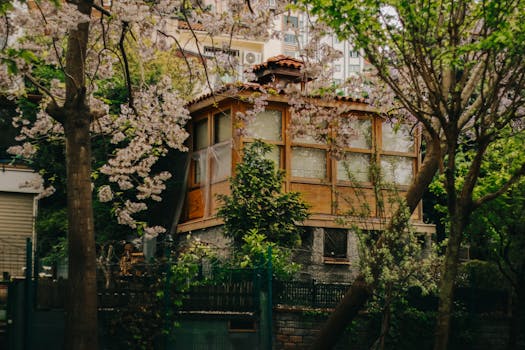
Urban Green Spaces: The Future of Outdoor Living in European Cities by 2025
Urban Green Spaces are becoming increasingly important in European cities, and for good reason. As the world becomes more urbanized, the need for green spaces within cities is growing. Urban Green Spaces are not just aesthetically pleasing, but they also provide numerous benefits for both the environment and the people living in these cities. In this article, we will explore the future of outdoor living in European cities and the role that urban green spaces will play in it.
The Benefits of Urban Green Spaces
Urban green spaces offer a wide range of benefits, from improving air quality to reducing stress levels. Some of the most significant advantages of urban green spaces include:
- Improved air quality: Urban green spaces can help to absorb pollutants and particulate matter, improving the air quality in cities.
- Reduced stress levels: Spending time in nature has been shown to reduce stress levels and improve mental health.
- Increased biodiversity: Urban green spaces can provide habitats for a wide range of plant and animal species, increasing biodiversity in cities.
- Climate regulation: Urban green spaces can help to regulate the climate in cities, reducing the urban heat island effect and mitigating the effects of extreme weather events.
The Future of Outdoor Living in European Cities
As we look to the future, it is clear that urban green spaces will play a critical role in shaping the outdoor living experience in European cities. By 2025, we can expect to see a significant increase in the number of urban green spaces in cities across Europe. This will not only improve the aesthetic appeal of cities but also provide numerous benefits for the environment and public health.
Case Studies: Successful Urban Green Space Projects in European Cities
There are many examples of successful urban green space projects in European cities. Some notable examples include:
- The High Line in London: An elevated park built on an old rail line, providing a unique green space in the heart of the city.
- The Park de la Villette in Paris: A large public park that features a wide range of green spaces, including gardens, forests, and wetlands.
- The Superkilen park in Copenhagen: A urban park that features a wide range of green spaces, including gardens, playgrounds, and sports facilities.
Conclusion
In conclusion, urban green spaces are the future of outdoor living in European cities. By 2025, we can expect to see a significant increase in the number of urban green spaces in cities across Europe, providing numerous benefits for the environment and public health. As we move forward, it is essential that we prioritize the development of urban green spaces, ensuring that they are designed and managed in a way that maximizes their benefits for both people and the planet.





